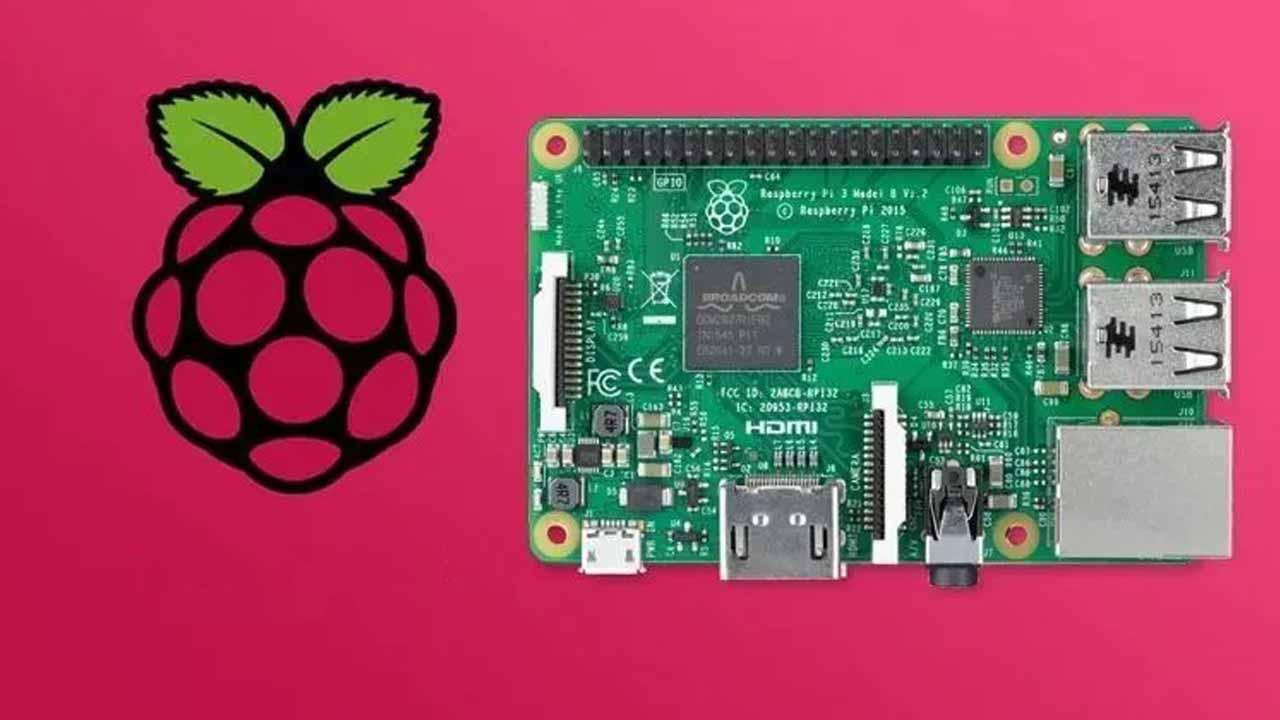Technically, its creators define it as an SBC, an acronym of the anglicism of Single board computer or, translated, single board computer. This means that technically speaking, the Raspberry Pi can actually behave like minicomputers because they incorporate a processor, graphics, and memory (and storage, although that must be set aside), and they also have PC standards such as USB, HDMI or RJ-45. ports. .
However, they are also considered development boards (including some of their models that we will see soon) mainly because of their GPIO connectors, which allow the use of an infinite number of external accessories allowing developers to realize their inventions, from a camera to a simple motion sensor.
However, one thing should be taken into account: when talking about Raspberry Pi, many people also associate it with Arduino, but Arduino is purely a development board while, as we explained, Raspberry Pi can be considered like a mini PC.
All existing Raspberry Pi models
As we indicated at the beginning, the first of the Raspberry Pi models was launched on the market in 2012 (we are talking about its launch on the market as a commercial product, since in 2006 there were already some development models, although the Raspberry Pi Foundation was only founded as such in 2009), and since then many different models have appeared on the market, all of which do not surpass the previous version in terms of specifications because, as we As we also mentioned previously, some models are quite special and are indicated for certain functions different from those of the “basic” model.
With that said, let’s start with the list.
Raspberry Pi Model A
This is the first Raspberry Pi model to arrive on the market in 2012 at a starting price of around 40 dollars. It was very basic and in fact didn’t even have an RJ-45 network port, but it allowed you to connect to the Internet if you connected to a WiFi dongle via USB. It had a single USB-A 2.0, a micro USB for power and an HDMI video output but also RCA, so it could be used with very old monitors and TVs. It also had 26 GPIO pins.
This model was equipped with a 700 MHz single-core Broadcom BCM2835 processor, with a Broadcom VideoCore IV graphics card and 256 MB of RAM.
Rasbperry Pi model B (and B+)
It was launched on the market as a variant of the Model A also in 2012 and included various improvements such as double the amount of RAM (512 MB), an additional USB port (two in total) and in this case the RJ port was included. 45 for wired Ethernet.
The processor and other technical specifications were identical to those of the A model, but some time later the B+ variant was launched on the market, which doubled the number of USB ports (four in total) and moved from the using an SD card for storage to a Micro SD card. .
Raspberry Pi 2 Model B
Two years later (2014), the second definitive version of the Raspberry Pi was launched. The processor has been upgraded to a 900 MHz quad-core Broadcom BCM2836, significantly improving its computing power. The amount of onboard RAM has also doubled to 1GB, although graphics remain the same VideoCore IV as previous models.
This model eliminates video output via RCA, but in exchange more GPIO pins have been integrated to have 40 in total.
Raspberry Pi 3 Model B
It arrived on the market in 2016 with an improved processor (also a Broadcom quad core but at 1.2 GHz) and its big novelty was the inclusion of WiFi and Bluetooth connectivity without the need for adapters or add-ons. However, the RAM memory remained at 1 GB and the connectivity did not change at all, so it did not present any major new features compared to the previous model.
Raspberry Pi 3 model B+
In March 2018, this variant arrived, which was an update of the previous one. The processor has been further improved and is now quad-core at 1.4 GHz, and its wireless connectivity has also been improved, from 2.4 GHz to 2.4 and 5 GHz. The version of the integrated Bluetooth has also been improved (from 4.1 to 4.2) and the Ethernet port has become Gigabit, although limited to 300 Mbps.
Raspberry Pi 3 Model A+
It hit stores in November 2018, and it was actually a business decision by the company as they represented a step down in performance from the previous model, but with a much lower price. Their amount of RAM was reduced to 512 MB, they only had a single USB port and the RJ-45 connector was removed to have wired Ethernet. Yet they were a bestseller.
Raspberry Pi 4 Model B
Announced in June 2019, it was a total commercial success to the point that stores found themselves out of stock as soon as they were restocked and there was even some speculation, both on the second-hand and second-hand markets. the share of retail stores that sold them for more than double their original price. This model was the first capable of handling 4K resolution at 60 Hz (even two 4K screens at 30 Hz).
Additionally, a USB 3.0 port was included for the first time and its RJ-45 Gigabit port was no longer limited (i.e. it now offered up to 1000 Mbps), providing an increase more than notable performance. It was marketed in three variants depending on its RAM memory: 2, 4 and 8 GB.
Raspberry Pi 400
This is one of those special models we mentioned at the beginning. It was released in November 2020 and consists of a custom development board based on the Raspberry Pi 4 specifically designed to be included in a keyboard based on the Raspberry Pi Keyboard, one of the best-selling accessories for this device.
This model has a 1.8 GHz Broadcom BCM2711C0 processor and 4 GB of LPDDR4 RAM.
Raspberry Pi Pico
Announced in 2021, this small development board does not have a processor as such but rather a microcontroller (RP2040) designed by the company itself, and which contains a 133 MHz dual-core ARM processor accompanied by only 264 KB of RAM and 2 MB internal storage.
As you can already guess, this is one of those Raspberry Pi models that is useless, because due to its characteristics it is extremely limited.
Raspberry Pi 5 Model B
This is the latest model to land on the market, launched in October 2023. According to the manufacturer, it offers performance between 2 and 3 times higher than that of its predecessor at a global level (but especially at the GPU level), thanks to its Broadcom BCM2712. processor with 4 ARM Cortex A76 cores at 2.4 GHz, which integrates a VideoCore VII V3D GPU at 800 MHz capable of decoding video at 4K and 60 FPS.
It is currently sold in variants with 4 and 8 GB of RAM (they will also launch, in theory, 1 and 2 GB models) and has the novelty that it is LPDDR4X at 4267 MHz, it is not so no surprise that it is much more powerful than previous models.
Raspberry Pi Zero (and its variants)
In addition to the models we’ve told you about so far, the Raspberry Pi Foundation has also launched another line of development boards called Zero, which is much smaller and less powerful. The first model, the Raspberry Pi Zero, was launched in 2015 at a price of just $5, leading to overwhelming commercial success.
Although it may not seem like it, the Raspberry Pi Zero is 40% more powerful than the first Raspberry Pi model, even though its Broadcom processor has a single core running at 1GHz and only 512MB of RAM. Also, due to its small size, they replaced the HDMI video output with mini HDMI, and it doesn’t use USB Type-A but rather micro USB.
Then came the other two variants, the Zero W which you can see the image above and the Zero WH. The first, as the name suggests, has a new wireless connection (WiFi and Bluetooth), while the second is a variant that, instead of having the cutout on the PCB, includes 40 GPIO pins.
Table of Contents

















